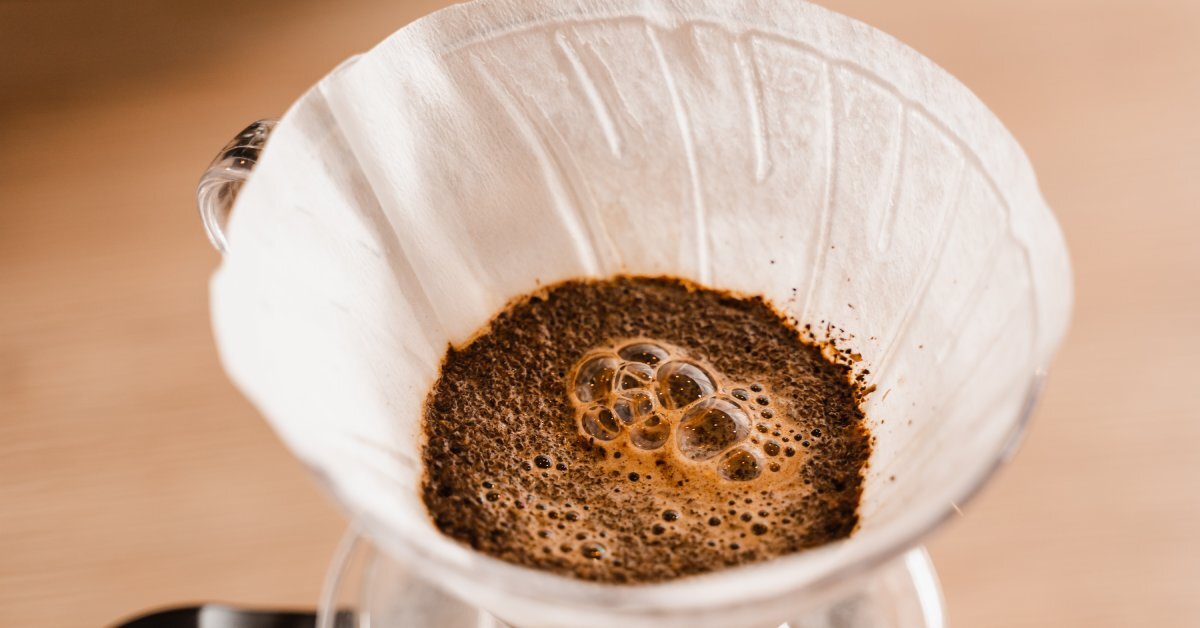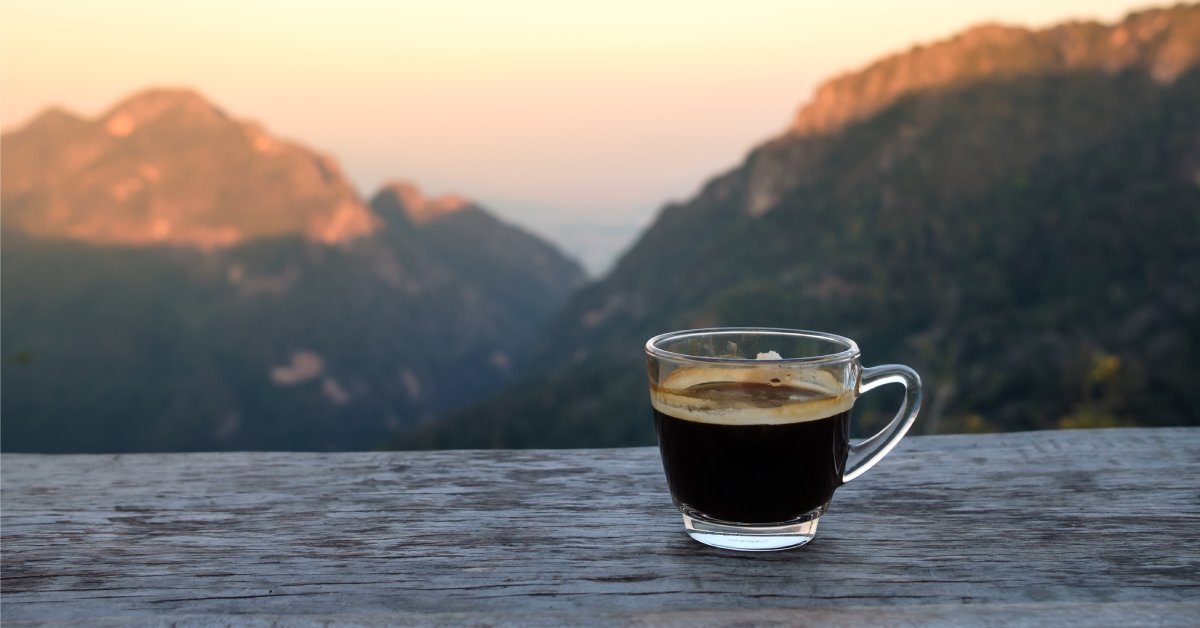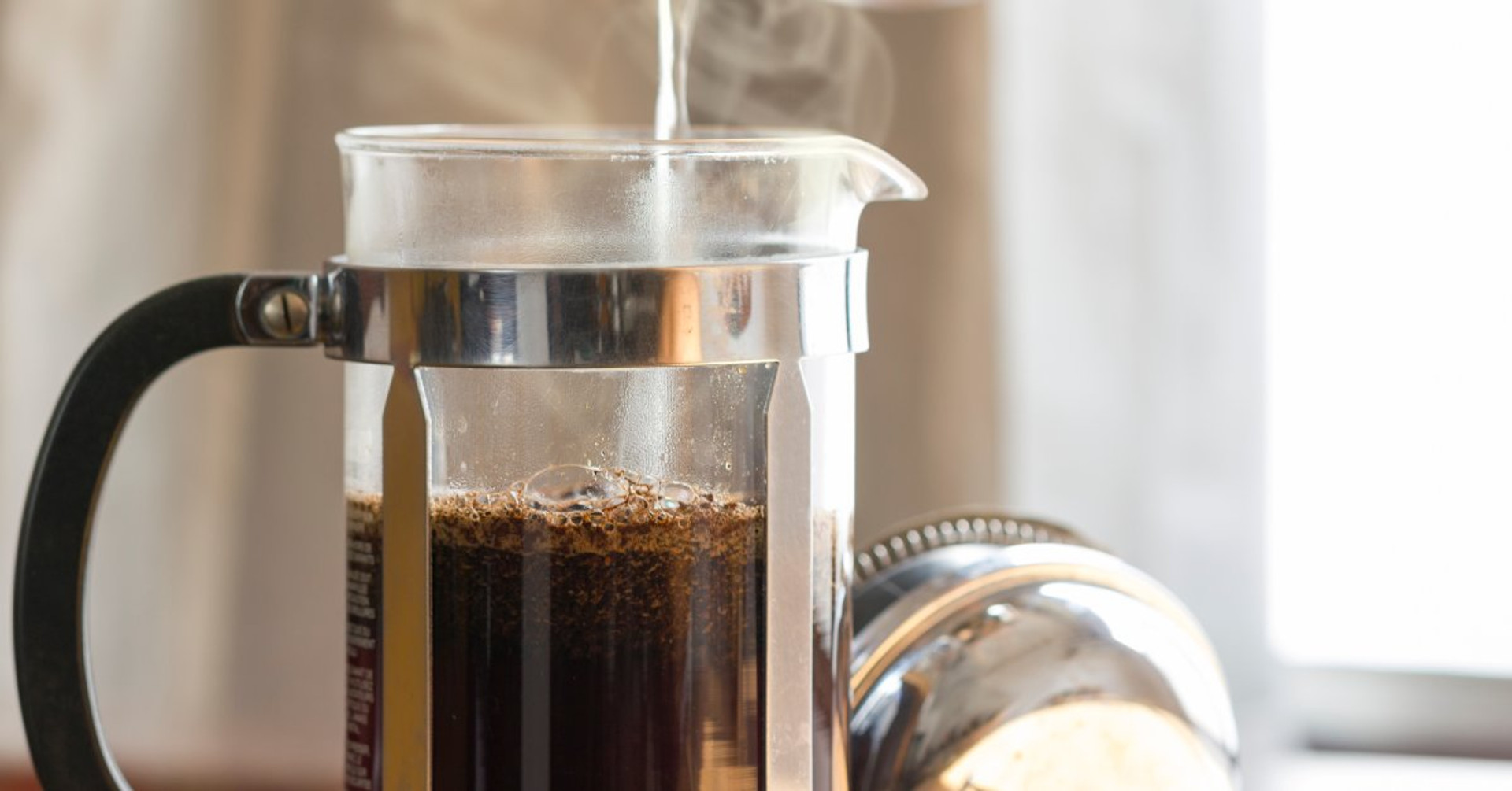How Brewing Temperature Impacts Coffee Extraction
A perfect cup of coffee doesn’t just happen by chance. It’s an art that blends skill, care, and a little bit of science. One of the most vital yet overlooked aspects of brewing fantastic coffee is temperature. The water’s brewing temperature directly influences how well coffee is extracted, determining whether your cup is rich and flavorful or flat and sour. Like a conductor leading an orchestra, temperature sets the tone for the entire brewing process.
This article unpacks how brewing temperature impacts coffee extraction and offers real ways to elevate your coffee experience. Get ready to master the science of coffee-making while achieving unparalleled flavor in every cup.
What Is the Ideal Brewing Temperature for Coffee?
The magical temperature range for coffee brewing often falls between 195 and 205 degrees Fahrenheit. This range balances extraction, pulling optimal flavors from coffee grounds without scorching them or leaving them underdeveloped. Water below this range struggles to extract sufficient oils and solubles, resulting in a dull brew. Conversely, hotter water can over-extract and leave your coffee bitter or burnt.
Stick to this range for most brewing methods, like pour-over, French press, or even automatic coffee makers. This consistency ensures you’ll get the best aroma, mouthfeel, and flavor from your beans regardless of your brewing method.
How Does Water Temperature Affect Extraction?
Coffee extraction depends on water’s ability to dissolve compounds in the beans. Water that is too cold slows down this chemical process, leaving behind key solubles that produce sweetness, acidity, and complexity. The result? Weak, bland coffee that lacks body and depth.
In comparison, water that is too hot extracts more than it should. With excessive heat, undesirable elements like tannins and bitterness get into your cup. These overpower the intricate flavors of well-roasted beans like those in our Breakfast Blend, leaving you with coffee better suited for the sink than your mug.
The Science Behind Coffee Extraction and Temperature
Coffee extraction is a symphony of chemistry at work. Inside every coffee bean are oils, acids, and sugars waiting to be dissolved. Brewing temperature acts as a catalyst for breaking these down.
Optimal temperatures extract sugars faster, contributing to the brew’s sweetness. Oils that carry the aroma dissolve steadily and add depth and complexity to your coffee, especially the Jamaican Blue Mountain Blend. Meanwhile, acids dissolve more slowly, offering bright, lively notes without overwhelming imbalance.
Think of it like baking bread. The right oven temperature ensures it’s cooked evenly with that perfect crust. Too low? It remains dense. Too high? It burns. Coffee extraction works in much the same way by requiring precise heat to bring out the best.

What Role Does Coffee Grind Size Play in Extraction?
Grind size and water temperature go hand in hand when it comes to coffee extraction. Finer coffee grounds have more surface area exposed to water, making them easier and quicker to extract. Coarser grinds require more time and hotter water for proper extraction.
Mismatched grind size and temperature result in uneven extraction. Imagine brewing fine espresso grinds with lukewarm water or using piping hot water for coarse French press grounds; neither will produce a satisfying cup.
For consistency, adjust your water temperature according to your grind size. Coarse grinds benefit from a slightly higher temperature within the 195 to 205 degrees, while finer grinds thrive at a slightly cooler temperature to avoid over-extraction.
How To Measure Water Temperature Accurately
A kitchen thermometer is the coffee world’s silent star. Standard kettles rarely give precise temperature readings, leaving your brewing process open to guesswork. Invest in a digital thermometer or an electric kettle with built-in temperature settings for perfect accuracy.
To get water into the ideal temperature range, boil it completely, then allow it to cool down for 30 seconds to a minute. Avoid pouring boiling water directly over your grounds. This scorches them and leaves an over-extracted mess in your cup. Precision pays off in coffee making, guaranteeing a consistent and enjoyable brew.
What Type of Coffee Makers Control Water Temperature?
Some coffee makers offer external controls for water temperature, elevating your brewing game. Machines like the Technivorm Moccamaster, Breville Precision Brewer, or Bonavita coffee makers allow precise temperature regulation and ensure your brew stays in that golden temperature range—195 to 205.
Beyond coffee makers, tools like pour-over kettles with temperature controls are excellent for manual enthusiasts. For large groups or convenience, choose brewers that cater to full pot coffee packets while maintaining consistent temperature output. Automation or manual control, the right equipment ensures a better, tastier coffee experience and won’t diminish the joy of a gourmet blend like Door County’s Dark Voyage.
Does Water Quality Affect Brewing Temperature?
Water quality holds the power to elevate or undermine your brewing efforts. High water hardness or unstable pH levels can mess with temperature precision. Hard water retains heat poorly and causes inconsistent extraction.
The best coffee is brewed with water that’s filtered or spring-quality, free of impurities like chlorine or calcium buildup that disrupt brewing equilibrium. Premium water paves the way for stable temperatures and flawless extraction.
How Altitude Affects Optimal Brewing Temperature
Altitude changes the boiling point of water. At sea level, water boils at 212 degrees Fahrenheit, but each 1,000 foot rise in altitude lowers the boiling point by about two degrees. If you’re brewing high in the mountains, your boiling water may fall below the 195 degree Fahrenheit threshold needed for proper coffee extraction.
Adjust brewing techniques or invest in temperature-controlled equipment that can compensate for the lower boiling point to combat altitude changes. This ensures that no matter where you are, from the beach to the Alps, your coffee maintains its consistency and character.

What Happens When You Brew at Unstable Temperatures?
Unstable water temperatures during brewing result in a disjointed flavor profile. Coffee brewed this way may taste sour and under-extracted in one sip, while the next might feel harsh and over-extracted. This imbalance ruins the harmony of flavors that coffee lovers cherish.
Choose equipment that regulates brewing temperature to prevent unstable brewing. Even manual coffee setups like pour-over benefit from being paired with a calibrated gooseneck kettle. Consistency is the name of the game and ensures every drop of your brew meets its full potential.
Elevate Every Cup With Mindful Temperature Control
Brewing temperature is the hardworking hero of exceptional coffee extraction. From mastering chemical reactions to choosing the right equipment, getting your water temperature right transforms your coffee experience.
Whether you’re a French press fan or a pour-over perfectionist, take time to experiment with temperature, grind size, and water quality. Brewing coffee is as much about science as it is about art, and when done right, it results in a cup worth savoring. Check out Door County Coffee’s excellent selection of gourmet grounds and beans today. You don’t want to miss out on Innkeepers excellent body, brewed at the perfect temperature.

